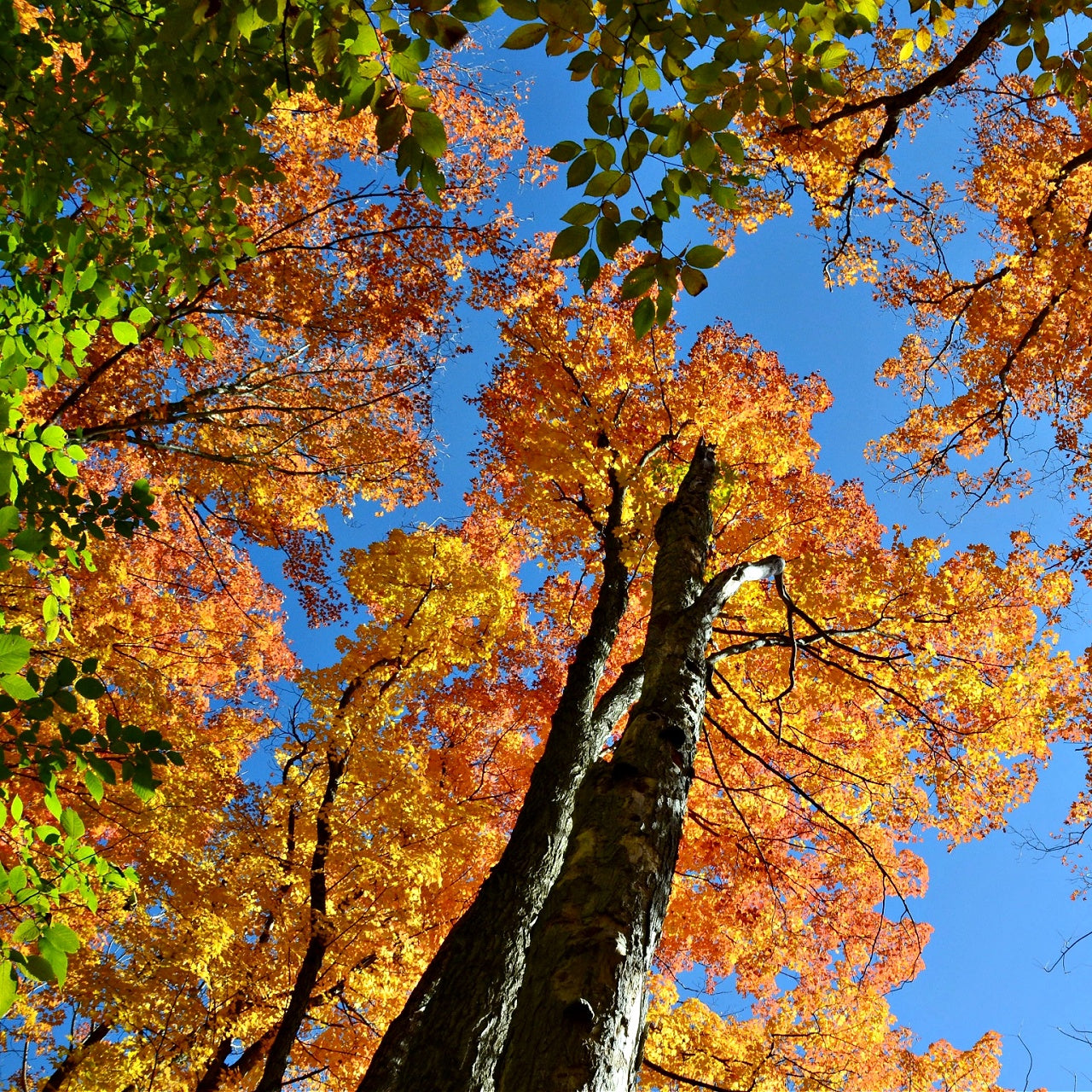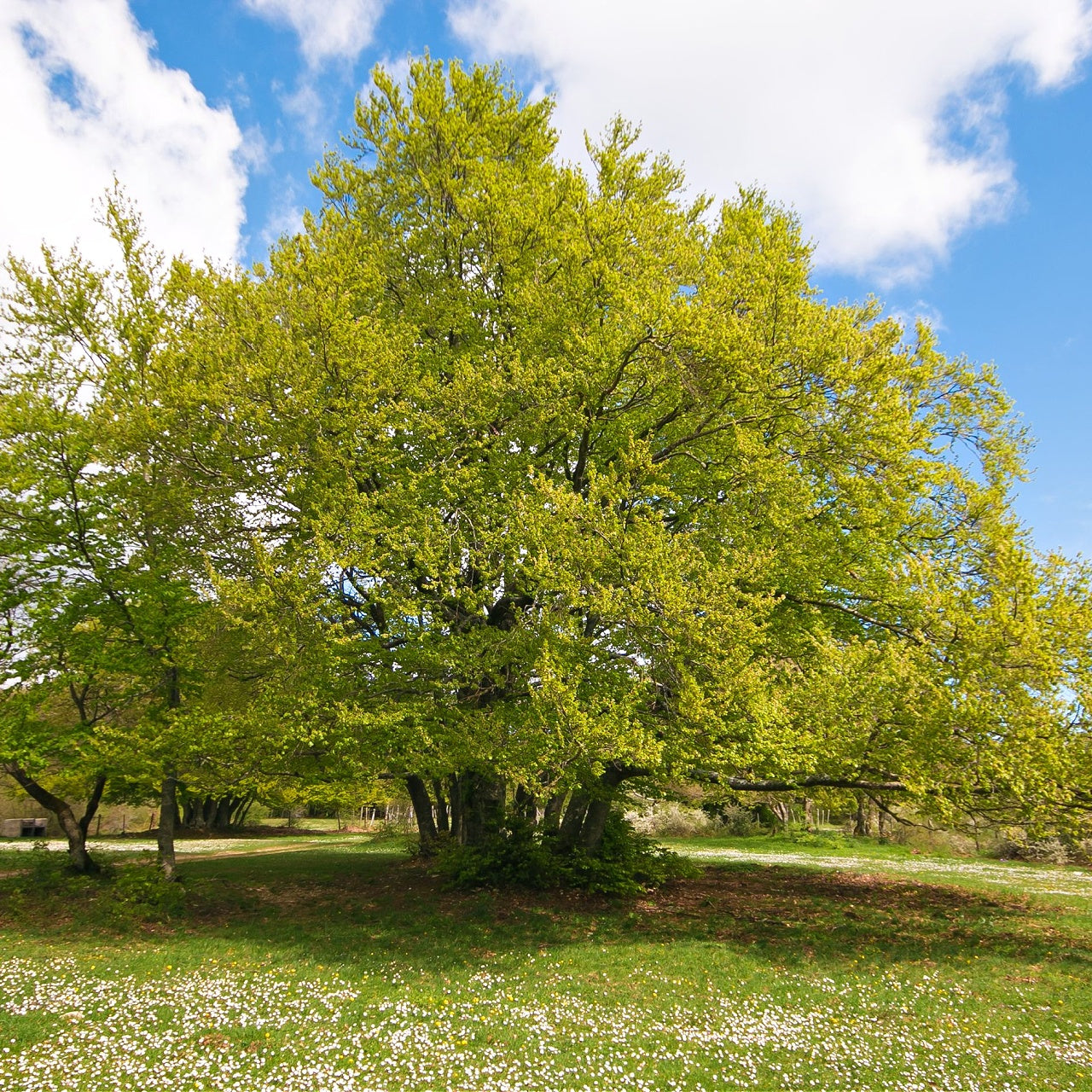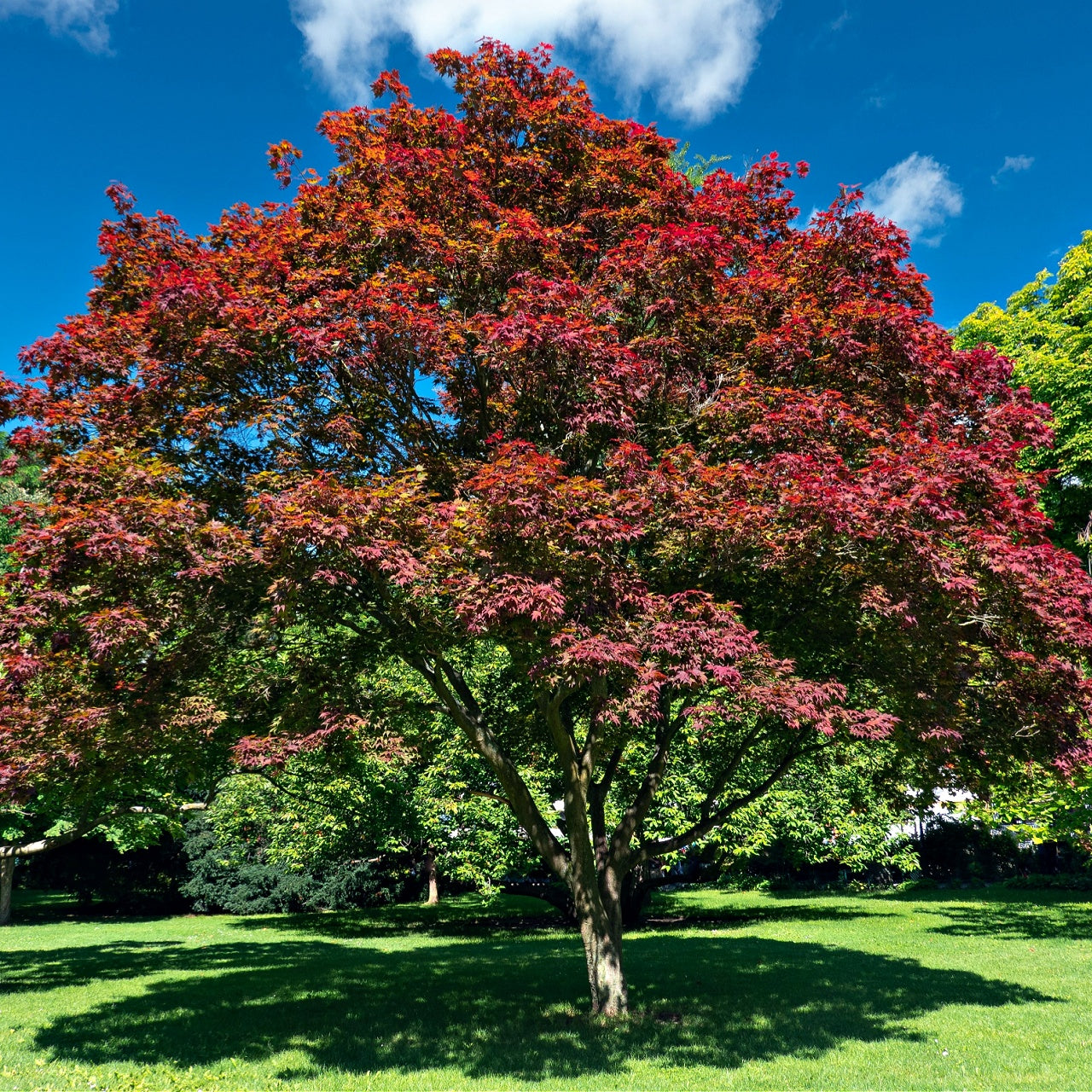
Goldenseal: A Shade-Loving Woodland Herb
Goldenseal: A Shade-Loving Woodland Herb
Goldenseal Plant
Native to the eastern part of the U.S. and the southeastern portion of Canada, the Goldenseal plant (Hydrastis canadensis) is a perennial herb valued for its medicinal properties. Native Americans have long used Goldenseal for treating inflammation, helping to heal infections, and as an ingredient in topicals designed to promote the healing of wounds. Goldenseal produces showy white flowers in spring that ripen into fleshy red berries in late summer and autumn. Goldenseal will naturalize over a period provided conditions are right, such as in a wild woodland garden at the edge of the property.

The Goldenseal Plant Likes it Shady
Like many North American natives, Goldenseal needs a certain amount of shade to thrive. It makes an excellent addition to woodland or shade gardens and mixes well with Solomon's Seal, Trillium, and May Apples. Its attractive, bold foliage display and appealing berries make it an excellent option for lining a woodland path in naturalized areas. If planted in a container on the porch or patio, it should be placed in an area where it's shielded from the harsh rays of the midday sun, and the container should have adequate drainage so the plants don't get root rot.
The Goldenseal Plant Needs Well-Drained, Rich Soil
Because it prefers a natural woodland environment, Goldenseal shouldn't be included in sunny culinary herb gardens — allow it to sparkle in the shade instead. Goldenseal thrives best in woodland soils containing large amounts of humus and other organic matter. Be sure to work plant-based compost into the soil before planting and put down a layer of compost annually to help keep the soil nutritious and healthy. Suppose Goldenseal is placed in a naturalized part of the property. In that case, homeowners should leave some of the fallen leaves on the ground in autumn to contribute to the organic composition of the soil as it decomposes.
Although Goldenseal does best in moist soils, it can languish if planted in an area where its roots are constantly wet. Well-drained soil is important for cultivating this plant. Heavy clay soils should be amended before planting to promote good drainage, and the plant should be thoughtfully sited to avoid low-lying parts of the property. Goldenseal does well on rises and toward the tops of hills and slopes.
The Goldenseal Plant is a Protected or Endangered Species
Because Goldenseal is classified as a protected or endangered species in many parts of the country, harvesting wild plants is not recommended. It may even be illegal, depending on where you live. Always purchase Goldenseal seeds or rhizomes from reputable suppliers to ensure they've been ethically sourced.






